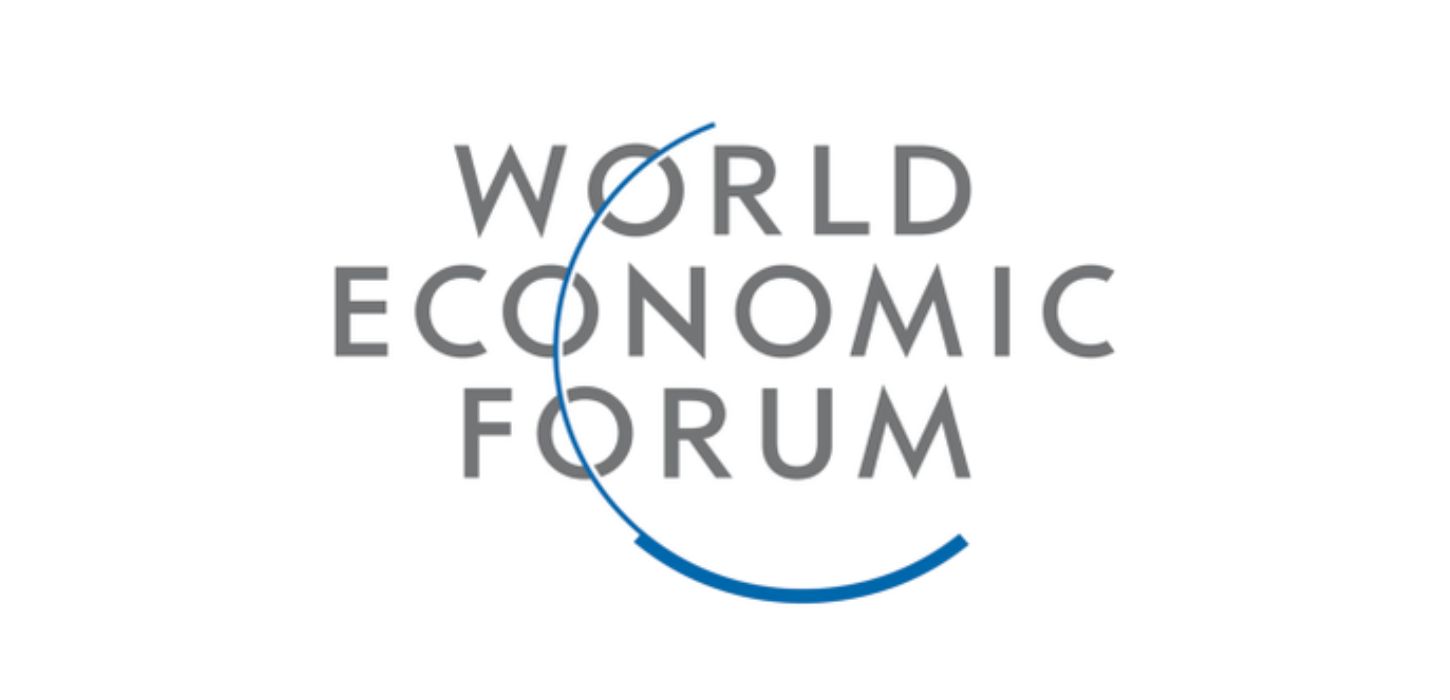The Bank of Japan has defied market pressure and left its yield curve control measures unchanged, sending the yen diving and pushing stocks higher as it stuck to a core pillar of its ultra-loose monetary policy.
Traders in Tokyo said the BoJ’s decision, which came after a two-day meeting, the penultimate under its longest-serving governor, Haruhiko Kuroda, was likely to heap more pressure on his successor to end Japan’s two-decade experiment in massive monetary easing.
The decision follows weeks of turmoil in the Japanese government bond market during which yields surged. The central bank deployed the equivalent of about 6 per cent of Japan’s gross domestic product over the past month on buying bonds to try to hold yields within its target range.
Although currency markets have avoided the turbulence that has gripped trading in JGBs, the yen fell more than 2 per cent against the dollar after the BoJ’s announcement.
Benjamin Shatil, a currency strategist at JPMorgan in Tokyo, said it was difficult to interpret the yen’s drop on Wednesday as an inflection, with markets assuming that the BoJ would eventually have to relent to pressure.
“In some ways the decision to make no changes today — neither to policy nor to forward guidance — sets the BoJ up for a protracted battle with the market,” said Shatil.
Japan’s Topix stock market index was 1.6 per cent higher in afternoon trading, while the yield on 10-year Japanese government bonds fell 0.12 percentage points to 0.381 per cent.
The BoJ’s unexpected decision in December to allow a higher target yield ceiling on 10-year government debt — allowing yields to fluctuate by 0.5 percentage points above or below its target of zero — had raised the possibility of a historic pivot by the last of the world’s leading central banks still sticking to an ultra-loose monetary regime.
But instead of scrapping its policy of yield curve control (YCC), the central bank made no further changes on Wednesday, sticking to the range set last month. It kept overnight interest rates at minus 0.1 per cent.
Kuroda, who will step down in April after a record 10 years as BoJ governor, said last month that changes to the YCC limits were meant to improve bond market functioning and were not an “exit strategy”.
Since its last policy meeting on December 20, the BoJ has spent around ¥34tn ($265bn) on bond purchases, with the yields on 10-year bonds continuing to rise above 0.5 per cent. That prompted markets to put pressure on the central bank to abandon the yield target altogether.
“The Kuroda bazooka is over and now it’s really up to the new governor to change things and start from scratch,” said Mari Iwashita, chief market economist at Daiwa Securities. Before the policy meeting, Iwashita had said the YCC framework was in “a terminal condition”.
“This pace of bond purchases is not sustainable,” Iwashita had said ahead of the policy meeting. “Clearly we are seeing the limits of the YCC in the face of rising yields. It’s now in a terminal condition.”
Fumio Kishida, Japan’s prime minister, is set to name Kuroda’s successor within weeks.
The central bank on Wednesday also raised its inflation outlook for the fiscal year ending in March, projecting Japan’s core inflation, which does not include volatile fresh food prices, to be 3 per cent instead of a previously forecast 2.9 per cent. It now also expects 1.8 per cent inflation in the 2024 fiscal year, instead of 1.6 per cent.
Japan’s consumer price index rose 3.7 per cent in November, its fastest pace in nearly 41 years and above the BoJ’s 2 per cent target for the eighth consecutive month.
Although inflation is still mild in Japan compared with the US and Europe, price rises have gained pace, prompting investors to challenge Kuroda’s assertion that the central bank did not plan to raise interest rates.
Credit: Source link














